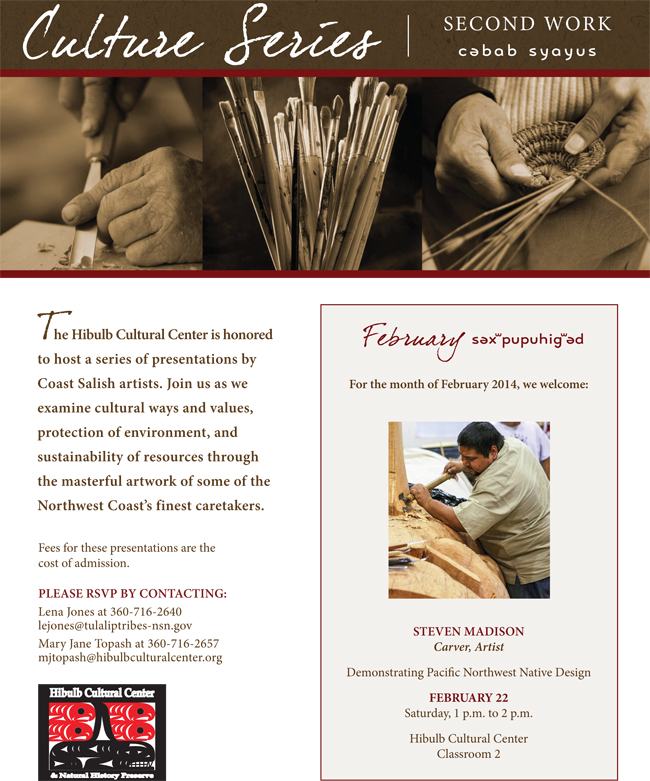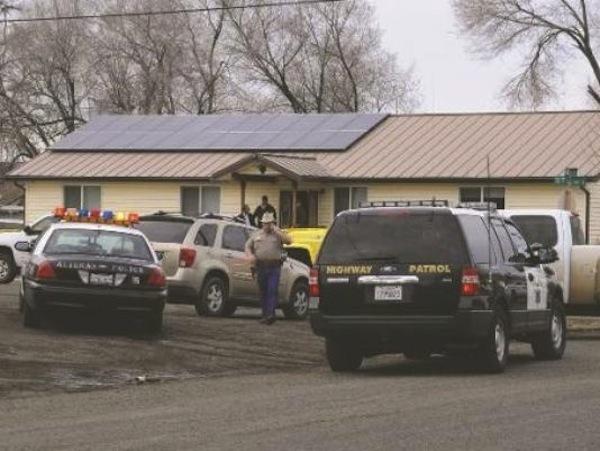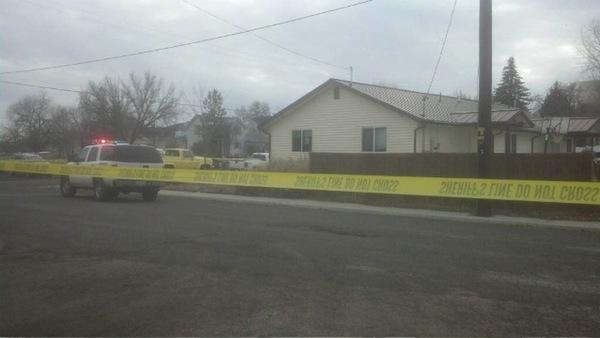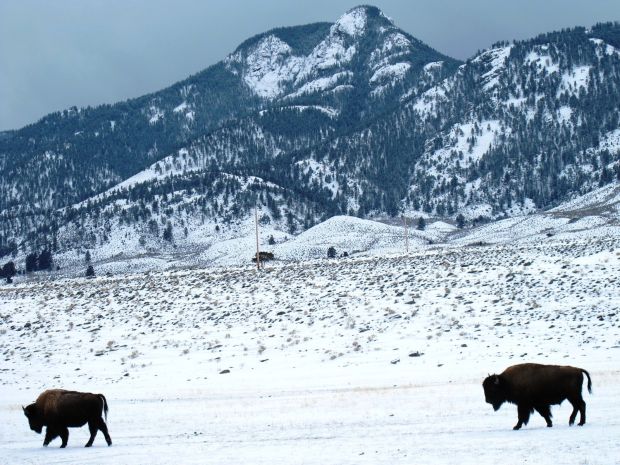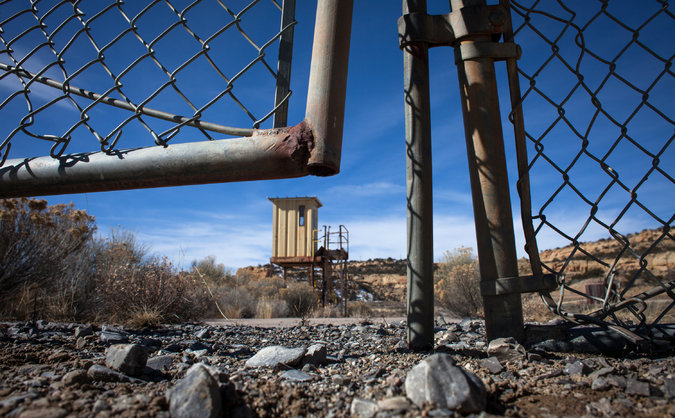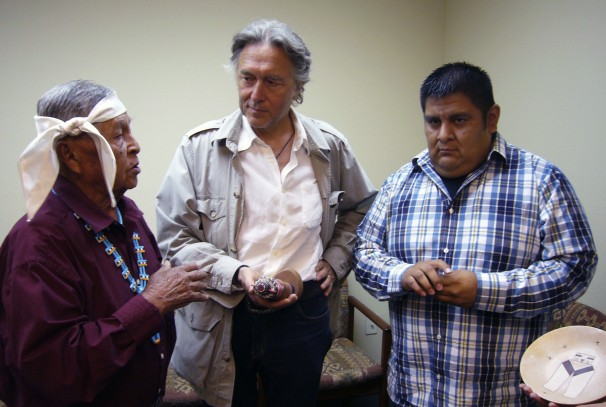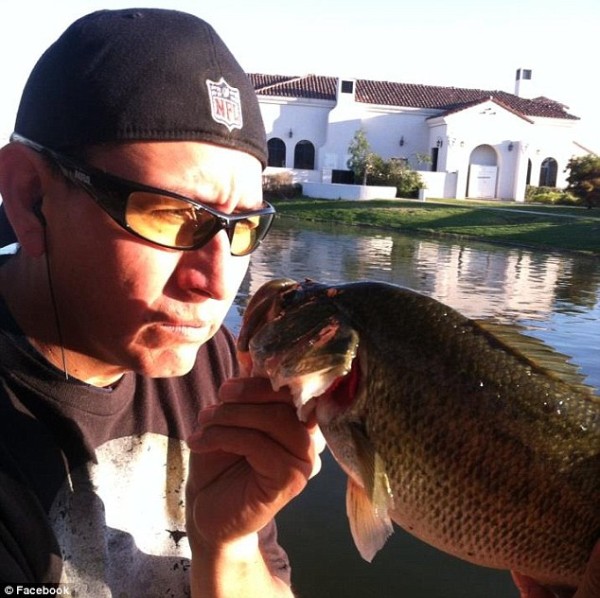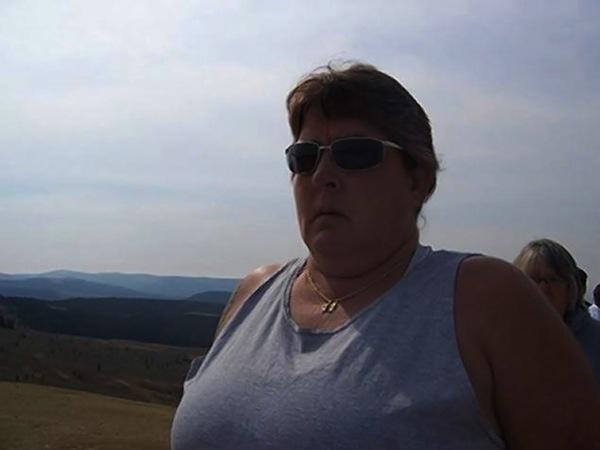
Cherie Lash Rhoades, 44, who allegedly gunned down three relatives and a tribal administrator at Cedarville Rancheria tribal headquarters near Alturas, California, on February 20.
Source: Indian Country Today Media Network
Shooter Cherie Lash Rhoades was being investigated by the FBI for over $50,000 in missing grant money meant for the Cedarville Rancheria Tribe when she gunned down her brother, niece, nephew and a tribal administrator, the Associated Press reported on February 21.
The 35-member federally recognized tribe in the northeastern corner of California, right near the Oregon and Nevada borders, has been devastated by the shooting during an eviction hearing in which Rhoades allegedly pulled out a gun and began “systematically shooting individuals,” Alturas police chief Ken Barnes told theNew York Daily News. Five people fell to her bullets, four of them dying. Running out of ammunition, Rhoades grabbed a butcher knife from the kitchen and began stabbing a sixth person, police and witnesses said. She was apprehended outside the building, clutching the knife, after a blood-covered witness ran down the block and summoned police.
Rhoades had recently been ousted as the tribal council chairwoman, and the hearing was under way to evict her and her 24-year-old son from tribal lands, according to accounts. At the hearing she killed her brother, 50-year-old Rurik Daniel Davis, who the current tribal leader; her niece, 19-year-old Angel Moonstar Penn; and her nephew, 30-year-old Glenn Philip Calonicco, Modoc County police said in a statement on Friday February 21.
Also shot dead was Shelia Lynn Russo, 47, a tribal administrator who oversaw evictions. Her mother, Linda Stubblefield, told the AP that Russo had mentioned being concerned about the potential for violence in her line of work. Russo was the mother of two teenagers.
The two wounded women were sisters and were flown to hospitals in Redding. Police told the AP that one was critically injured and the other was awake and talking to investigators.
The tribe’s leadership has been decimated, the town’s mayor said.
“They pretty much lost their leadership yesterday,” Alturas Mayor John Dederick told theLos Angeles Times.
RELATED: Cedarville Rancheria Shooter Killed Brother, Niece, Nephew: Police
The shots reverberated all the way to Washington, D.C., where the National Congress of American Indians (NCAI) issued a statement of condolence and support.
“A great sorrow stretches across Indian Country for the heartbreaking tragedy in the Cedarville Rancheria community,” said NCAI President Brian Cladoosby. “I know that the country is joining us in prayer for the victims, their families, and the tribe as they gather their strength to walk together during this time.”
The NCAI also noted the frequency of gun rampages of late.
RELATED:Obama Unveils Ambitious Gun Control Plan
“Tragedies like this know no boundaries of ethnicity, government, or religion and they are happening far too frequently,” the NCAI said. “Our hearts are heavy as we lift up the families affected by this senseless act of violence.”
Alturas Police Chief Ken Barnes told the Associated Press that young children had been inside the building and on the property, which is in a residential area, during the shooting.
Rhoades was charged on suspicion of homicide, attempted murder, child endangerment and brandishing a weapon, the AP said. She was moved to “an undisclosed location” because Russo’s husband works at the county jail.
“This is like nothing I have had to deal with in my 25 years of being with the city of Alturas,” Barnes told theDaily News. “It’s just tragic.”
Read more athttp://indiancountrytodaymedianetwork.com/2014/02/21/cedarville-shooter-was-under-fbi-probe-over-missing-50000-federal-tribal-grants-153699?page=0%2C1


